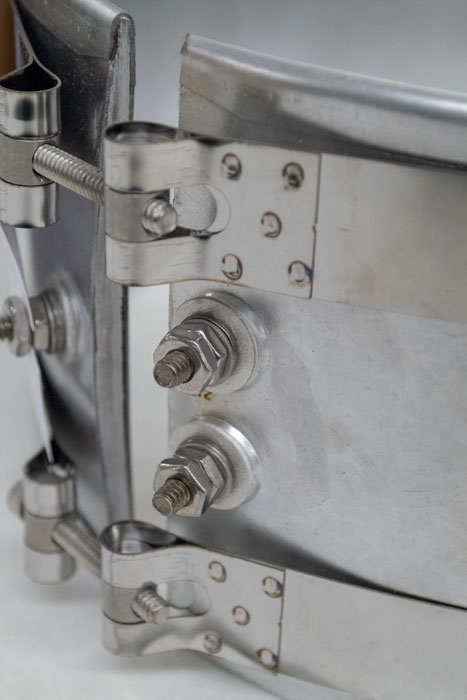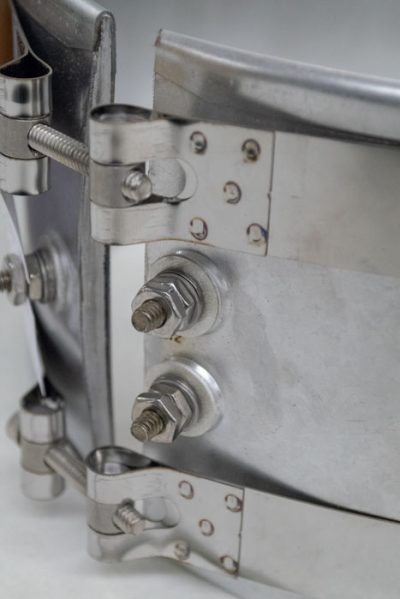Why Do We Have 3 Phase Industrial Heaters?
Home > Blog Archive > Category: Industrial Heating Technology > Why Do We Have 3 Phase Industrial Heaters?

Introduction
We have 3 Phase electric power because of economics. It is just more economical to produce electricity as 3 Phase Power. If we generated single phase electricity, the voltage changes as if follows a sine wave pattern and the power to generate the voltage would change also. This changing power or torque is not an efficient way to convert mechanical power to electricity. If we generate the power as 3 separate voltages, each voltage wave form is one third of a revolution apart (120 degrees), the power or torque to generate the electricity is constant. That is, the sum of the voltages and the torque as a function of time remains a constant. This makes the conversion of power to electricity very efficient versus having the power be required to change 60 times a second. Also, the vibration created by a varying torque, increases the wear on the bearings and other parts of the generator, a further economic savings. Just about all utility company power, grid power, is generated as 3 phase power, even all of the 120 volts power in our homes.
We have Three Phase Industrial Heaters for 2 Reasons:
- By carrying the power to a heater with 3 wires rather than 2 wires, each wire carries less electric current. This means you can use smaller, less expensive wire. A water analogy would be that if you are carrying less water in a pipe, you can use smaller pipes. You should only use 3 Phase power for larger heaters, say above 2000 watts and especially above 5000 watts. If you use 3 Phase Power for small heater, it will be a more expensive heater and possible a heater with lower reliability.
- For 3 Phase Power, the larger the currents, (as in a large non- 3 phase industrial heaters), the more heat is produced in the connections inside the heater. Connections are one of the main areas that generate failures. If a connection weakens some with time, the heat produced in the connection will be equal to the current squared times the resistance of the connection. Basically a high currents in the heater generally means a less reliable heater.
Looking for our products? Visit our Products page to view our complete product line of industrial heaters, and industrial heating equipment and accessories!
Written by Jim Dixon
Edited by Shelby Reece
Date Published: 06.22.2014
Last Updated: 09.06.2019


